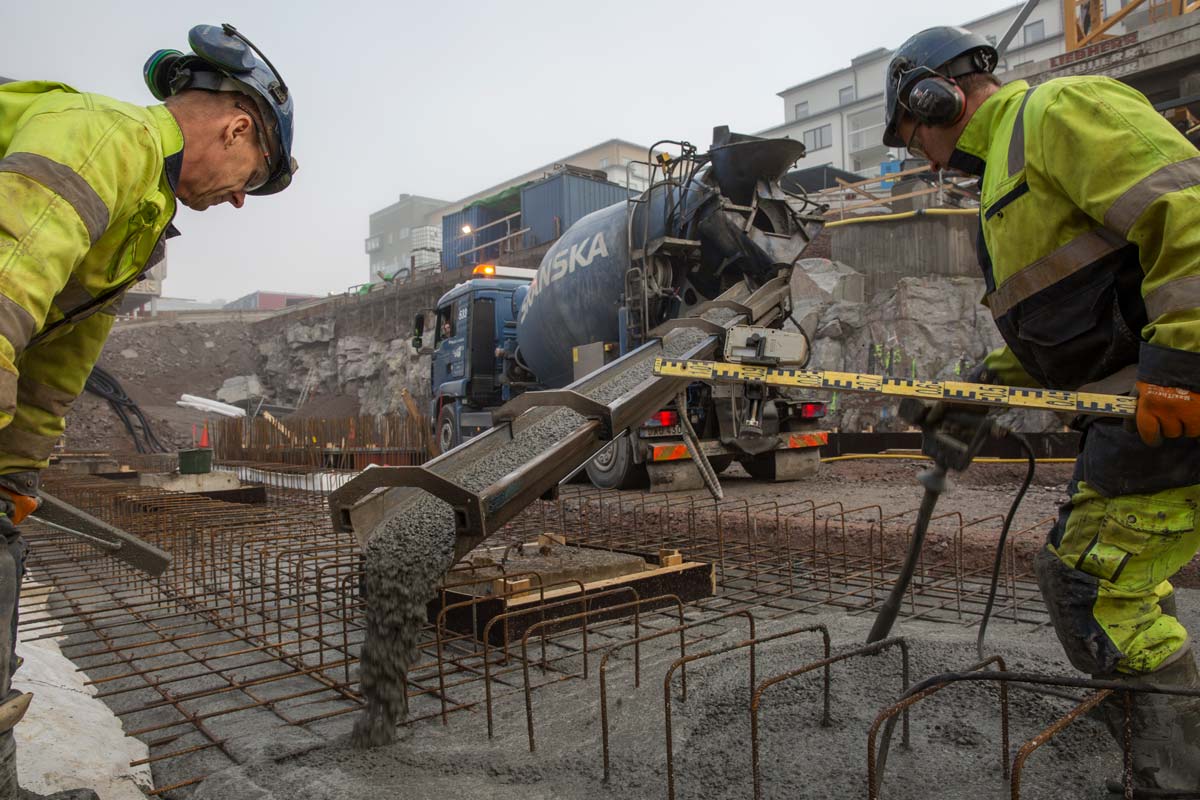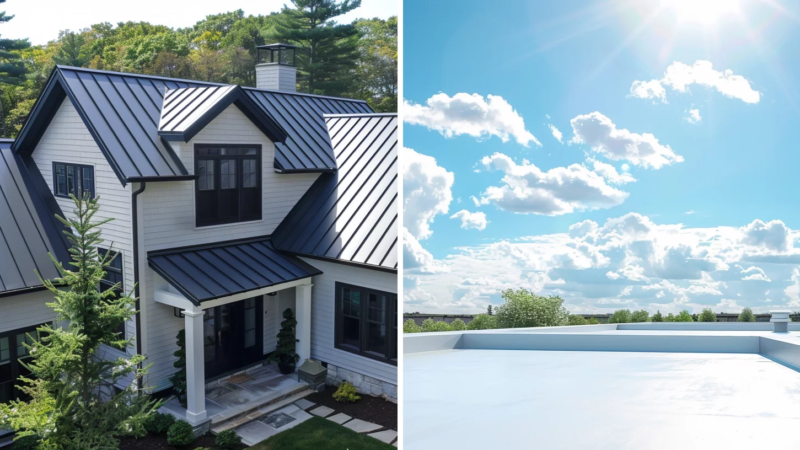Applications Of High-Density Radiation Shielding Concrete

What are the Applications of High-Density Radiation Shielding Concrete? High-density concrete is a type of reinforced concrete that reduces gamma-ray intensity by as much as 90%. This type of concrete also resists temperature cracking caused by hydration heat. Here are a few of the common uses for high-density concrete. Read on to find out more.
High-density concrete is used for radiation shielding
A high-density concrete is a type of construction material that protects buildings and structures from harmful radiation. While conventional concrete weighs 150 pounds per cubic foot, high density concrete weighs up to 250 pounds per cubic foot. The primary aggregates used in high density concrete include barite, magnetite, limonite, geothite, and ilmenite. These natural aggregates add to the density of the concrete, and the density varies depending on the specific type of material. Magnetite and barite are the most common natural aggregates, but they can also be combined with other minerals. Some other materials may be used as primary aggregates, such as steel and iron punching.
High density concrete offers greater thawing and freezing resistance than regular concrete. This enables high-density concrete to provide radiation shielding with less wall thickness. Another advantage of high-density concrete is that it has a higher specific gravity than conventional concrete. The advantage of this method is that it is easy to install, which means a local mason can do the job quickly and easily. However, it is important to consider the impurities associated with boron compounds, as they may affect the concrete’s ability to set.
In general, radiation shielding concrete is used to shield structures from harmful rays. This concrete composition reduces the amount of gamma rays, X-rays, and neutrons that are transmitted through buildings. While this is an effective method for shielding against X-rays, it is less effective against neutrons. High density concrete is often preferred over ordinary concrete for buildings.
In addition to insulating buildings from harmful radiation, high-density concrete can also be used for shielding against other types of electromagnetic waves. Galena is a mineral that occurs naturally in Nigeria and has a high density. High density concretes are molded into tablets and tested for their attenuation capacity to electromagnetic waves. Blue visible light is also transmitted through high density concrete, which is measured with absorption coefficients. A typical galena concrete exhibits an absorption coefficient of 1.186 cm-1 for gamma rays and 0.495 for blue light.
The chemical structure of shielding materials is also affected by radiation. Metals, for example, are weakened by radiation, leading to lattice defects, which make them more brittle, hard, and brittle. Adding to this, neutrons can create substantial amounts of heat in concrete, which can disrupt the biological shield of the building. In addition to high-density radiation shielding concrete is used for a variety of purposes, including nuclear reactors and nuclear testing.
In addition to the chemical properties of the concrete, the composition of high-density radiation shielding concrete is critical. The right combination of minerals and aggregates will determine the effectiveness of radiation shielding. For example, a high-density radiation shielding concrete will not collapse if it is not made of carbon, but rather of silicon. Moreover, high-density radiation shielding concrete can prevent the collapse of a reactor if it is exposed to high levels of radiation.
It reduces gamma-ray intensity by 90%
This high-density radiation shielding concrete was developed by using galena samples from the Ishiagu region of Nigeria. The concrete was molded into cylindrical tablets and its absorption coefficient was measured against gamma-rays and blue visible light. The results showed that the concrete had an absorption coefficient of 1.186 cm-1 for blue light and 0.495 cm-1 for gamma-rays. The results showed that the concrete can reduce the intensity of gamma rays by 90%.
Researchers determined that high density radiation shielding concrete reduces gamma-ray intensity by 90%. To test this concrete, they used 137 Cs and 60 Co radioactive elements as targets. The photon energies were 0.662 and 1.173 MeV, respectively. Then, they measured the concrete’s compressive strength after seven, twenty-eight, and ninety days. Interestingly, the density of the concrete depended less on the amount of barite than on the type of aggregate used.
The composition of the concrete reduces gamma-rays and neutron ions by up to 90%. It is most effective in buildings exposed to gamma-rays or neutrons. The shielding rate is calculated using a radiation dose rate formula. It is also effective against high-energy X-rays. There are many advantages of radiation shielding concrete.
Typically, the high-density radiation shielding concrete uses one type of Portland cement. However, fly ash cement is also a suitable alternative. Additionally, some aggregates react with the alkali components of the cement and can result in expansion failure. Thus, radiation shielding concrete is a cost-effective solution for building structures and buildings that are subject to gamma-ray exposure.
For a better understanding of the attenuation rate, we must first know how gamma-rays are incident. The amount of radiation shielding in the concrete depends on the photon energy, the density of the atoms in the shielding material and the thickness of the concrete. High density radiation shielding concrete reduces gamma-ray intensity by 90%.
The high-density concrete contains the element ferro boron, which increases the shielding rate. This material also possesses high elastic scattering properties, which minimizes the impact of gamma-rays on the concrete. It also reduces neutron radiation, gamma-rays, and X-rays. A high-density concrete also reduces the effect of gamma-rays.
The radiation shielding ability of high-density concrete is higher than that of reference concrete. The radiation shielding rate of high-weight concrete is related to the density of the aggregate used. The chemical composition of the aggregate plays an important role in I3-ray shielding. For high-density concrete to have a better shielding rate, higher density aggregates are used. During this process, by-product aggregates are used to increase the slump and air content of the concrete mixture.
The HVL (high-density radiation-lumen-radiation level) is a measurement of the effectiveness of radiation shielding concrete. A lower HVL value indicates more effective radiation shielding material and lower thickness. It also indicates less thickness is required. Higher HVLs are associated with a higher density of PbO2.
It prevents temperature cracking due to hydration heat
The permeability of air in the surface of shielding concrete is measured in various ways. Three methods are recommended by the International Atomic Energy Agency (IAEA): direct measurement, electrical resistance, and coefficients. The method used depends on the pore structure and water content of concrete. The coefficients used to measure air permeability are inaccurate because near-surface moisture gradients complicate the relationship between electrical resistance and surface moisture.
A high-density radiation shielding concrete contains a mixture of cement, water, and heavy aggregates. The material can shield alpha rays, beta rays, and neutrons. This type of concrete also contains crystal water. It is an excellent choice for neutron shielding and is cheaper than its counterparts. It also works as a biological shield for nuclear power plants and particle accelerators. Moreover, it protects laboratory hot cells and research reactors from radiation damage.
The shielding performance of High-Density Radiation Shielding Concreting is more than 90% when it is made up of 40 cm of concrete. The concrete’s specific gravity increases, preventing temperature cracking due to hydration heat. This is the only way to ensure shielding against radiation-induced hydration cracking. It is possible to achieve such high performance with a thin layer of concrete and a limited wall thickness.
Another method involves the use of black sand as a fine aggregate. Black sand has different mechanical, shielding, and durability characteristics than normal sand. By-product aggregates were added to the concrete mixture for better radiation shielding. Magnesium sulfate also adds slightly to slump and air content. These methods will be used in the construction of nuclear facilities.
Aggregates make up about 70-80% of the concrete. Aggregate size and type play a crucial role in the concrete’s properties. Water temperature also plays a vital role. Various temperatures are required for shielding concrete. Earlier, plain concrete was made up of crushed sand and river sand. Hematite aggregates were used in 60% replacement ratios.
Another method used to shield radiation-damaged structures is reprocessed HDPE. Reprocessed HDPE is less expensive but can provide enhanced shielding properties. But virgin HDPE is more expensive. Therefore, the preferred method for high-density radiation shielding concrete is virgin or reprocessed. If you’re planning on using a concrete structure for radiation protection, choose the best option for shielding.
General aggregate is a suitable option for shielding structures. Its dimensional stability, workability, and cost are advantageous. However, general aggregate cannot be used for shielding multi-purpose research reactors. High-density radiation-shielding concrete is more expensive than general aggregate, but it is still an excellent option for these applications. It is recommended for radiation shielding structures.






